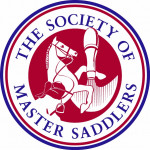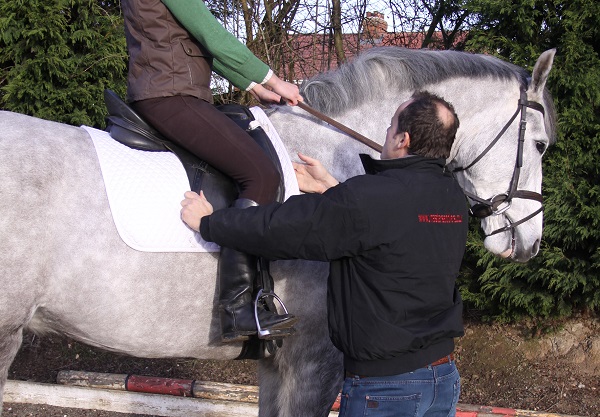Posted: 18th June 2020 | Back to news feed

In this issue we talk to the experts at The Society of Master Saddlers about ensuring your saddle is fitted correctly and is fit for purpose.
Today the riding public has far greater awareness of the important part the saddle plays in terms of welfare, comfort and success. A well-designed, well-made and well-fitting saddle is an excellent tool. A saddle that is poorly designed - or one that has inherent manufacturing defects - or one that doesn’t fit well is at best a hindrance, at worst, a disaster in the making.

Problems caused by an ill-fitting saddle:
- Pinching
- Rubbing
- Pressure sores
- The saddle could be rocking, positioned with an up-hill seat or a down-hill seat, pressing on the withers or spine
- Effects the horse’s way of going to compensate for the discomfort
- Muscle wastage, not just under the saddle
- Behavioural problems such as bucking, rearing, cold backed, dislikes being saddled, head tossing, refusing to make upward transitions or jump, short choppy strides – to name just a few.
Saddle Fitting – Essential Knowledge
So whether using an old saddle or a new saddle you may think twice about how it fits your horse and get it fitted by a Society of Master Saddlers’ Registered Qualified Saddle Fitter.
A Qualified Saddle Fitter’s first consideration will always be the horse. This may mean that you need to adjust any preconceived ideas you may have about your own preferences in relation to make and design.
If you must use a numnah or gel pad the saddle fitter must be informed at the time of the original enquiry - and always before the saddle is fitted. Adding a numnah under a saddle which fits well without it is akin to putting thick insoles into shoes that fit perfectly without them.
Each horse should have its own saddle. Just as a pair of shoes adapts to the wearer's foot, so the saddle adopts the contours of the horse. Ill-advised riders use one saddle on several horses ('it cuts down on tack cleaning'…'I ride better in that particular saddle'…) without pausing to consider possible consequences.
It may be possible to adjust your existing saddle to fit your new horse - but the advice of a qualified saddle fitter should always be sought.
Your horse changes shape regularly. The frequency of these changes will relate to his age, training, management and so on. Try to develop an eye to recognise these changes. Viewed on a daily basis, the changes may seem inconsequential but over a period of just a week or so they can be surprisingly substantial. Have your saddle checked regularly - and any necessary adjustments made.
To find your local registered qualified saddle fitter and for more information visit www.mastersaddlers.co.uk or contact The Society of Master Saddlers on 01449 711642.
The Equestrian Index newsfeed is compiled from articles submitted by advertising members and expresses the opinions of those members. Watsons Directories Ltd shall not be held liable for any inaccuracies or mis-statements therein.